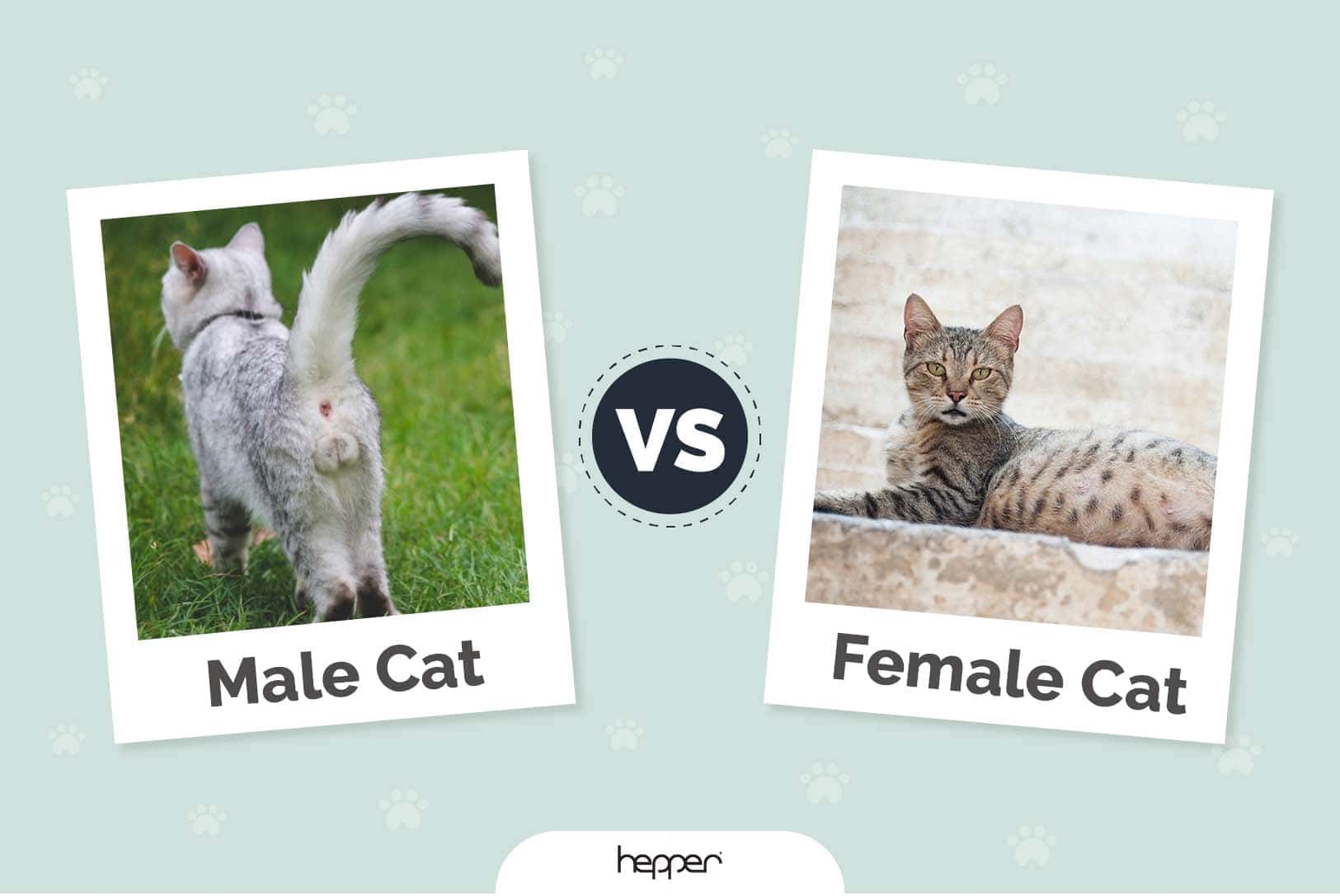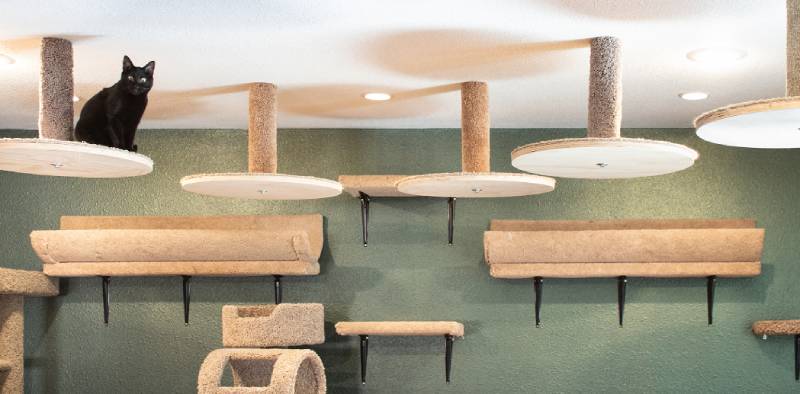7 Reasons Why Your Cat Is Drinking Water With Their Paw (Explained!)

Updated on
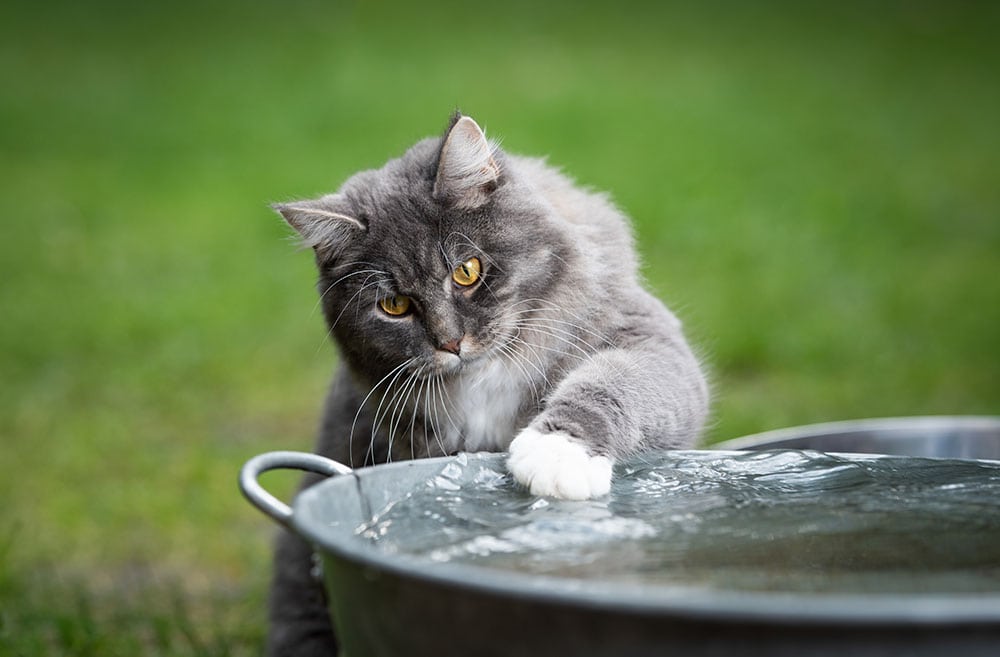
Cats are idiosyncratic creatures and sensitive to their environment. Often, this can lead to unusual behaviors, including drinking water with their paws.
Here are seven reasons why that might happen: whether your cat uses its paw to drink on occasion or chooses to drink from its paw only.
The 7 Reasons Why Your Cat Is Drinking Water With Their Paw
1. Whisker Stress
Whisker stress, or whisker fatigue, is a term for the sensory overload cats experience when their whiskers touch a surface. Cats’ whiskers are an important tool to gather information about the environment, so they’re extremely sensitive. They can detect subtle movement or pressure to find food, orient themselves in space, and avoid potential dangers, but the downside is that whiskers can experience sensory overload.
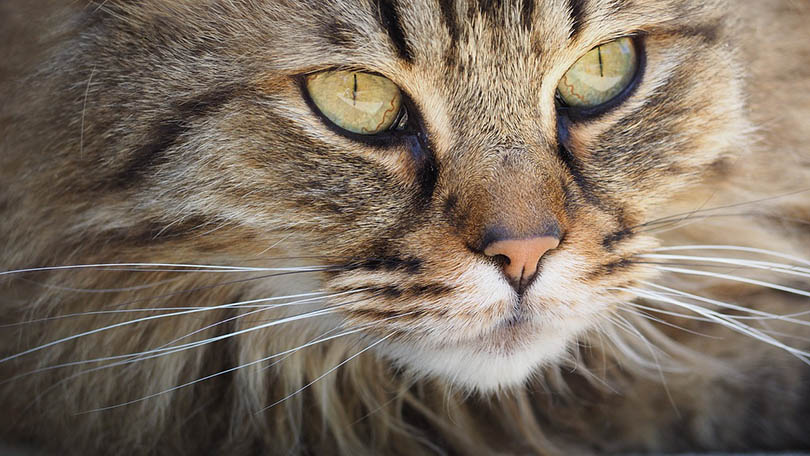
2. Preference
Some of a cat’s idiosyncrasies are simply a matter of preference. Just like how we may prefer a certain drink with or without ice, cats may prefer licking water off their paws instead of directly from a bowl.
3. Entertainment
Water is an important source of hydration but can also be a fun interaction. It reflects and moves, which activates a cat’s curiosity. Cats are also attracted to moving water, so making ripples in the bowl could make water more entertaining.
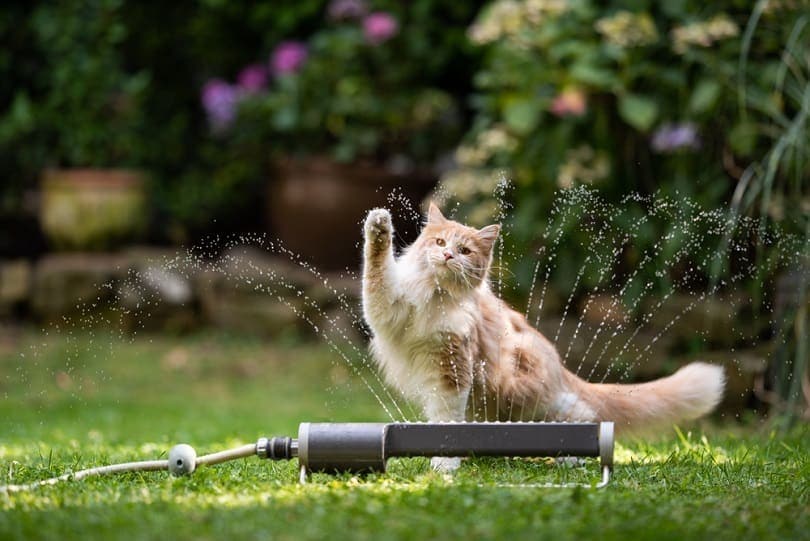
4. Vision Loss
If your cat is experiencing vision loss, it could be more comfortable to drink from its paw than the bowl. Using a paw allows your cat to test the water depth and carefully scoop some water to drink, which is safer than drinking from the bowl itself. If this symptom is coupled with other signs of vision loss, such as cloudy eyes, uneven or wide pupils, cautious movement, reluctance to go out at night, or frequent hiding, make an appointment for a vet checkup.
5. Stress or Anxiety
Cats thrive in consistent environments. Any changes, small or big, can lead to your cat feeling unsafe, and drinking water is a vulnerable activity. Drinking from its paw allows your cat to drink while surveying its surroundings from an upright position.
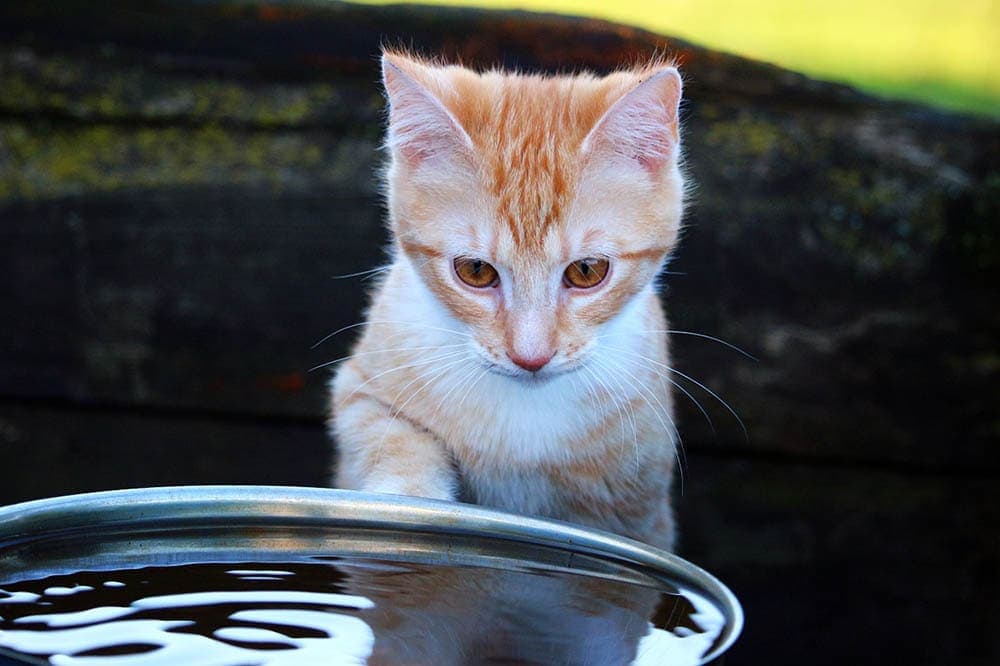
6. Wrong Bowl
Cats can be finicky about their water and their water bowls. A bowl that’s too small or deep may cause whisker stress from its whiskers touching the edges. Larger, shallow bowls or an automatic pet fountain can relieve this problem.
7. Territoriality or Conflict
If you’ve added another cat or dog to your household, it could cause stress for your cat from having to share resources, such as water. If that’s the case, it’s best to add extra water bowls in different areas of the house to help your cat feel more secure while drinking. Your cat may also feel better if it can drink with its back to a wall rather than an open area because the latter could leave it vulnerable to other pets.
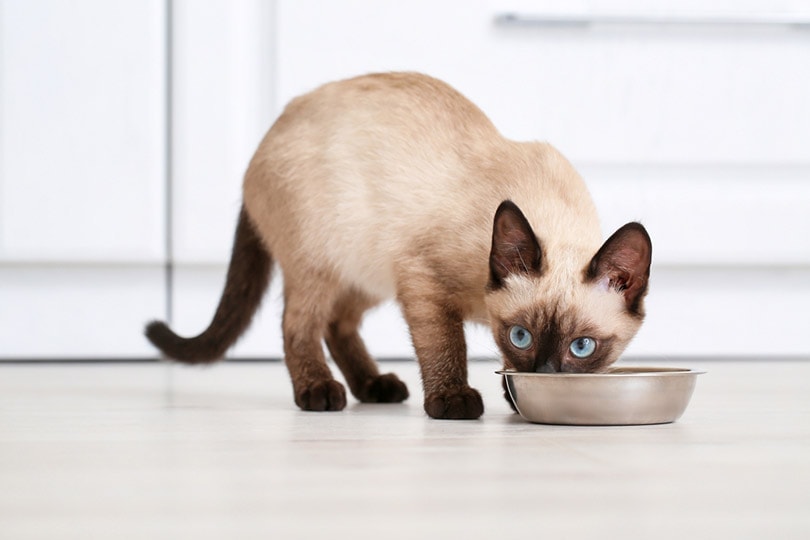
 Should I Prevent My Cat From Drinking Water From Its Paw?
Should I Prevent My Cat From Drinking Water From Its Paw?
If your cat likes to drink from its paw, it’s mostly harmless. Your cat is unlikely to suffer any ill effects from drinking this way, especially if it stays hydrated as a result.
However, there are times when drinking from its paw can become harmful. If it’s related to whisker stress, general household stress, or vision loss, this will require a vet visit and some environmental modifications.
Final Thoughts
Some cats are peculiar, especially when it comes to drinking. If your cat likes to drink from its paw, there could be many reasons—from personal preference to a stress response. If your cat isn’t struggling with health issues like excess stress or vision loss, it’s usually not a cause for alarm.
Featured Image Credit: Nils Jacobi, Shutterstock

 Should I Prevent My Cat From Drinking Water From Its Paw?
Should I Prevent My Cat From Drinking Water From Its Paw?